Why New Construction Homes Dominate the Phoenix Market in 2024

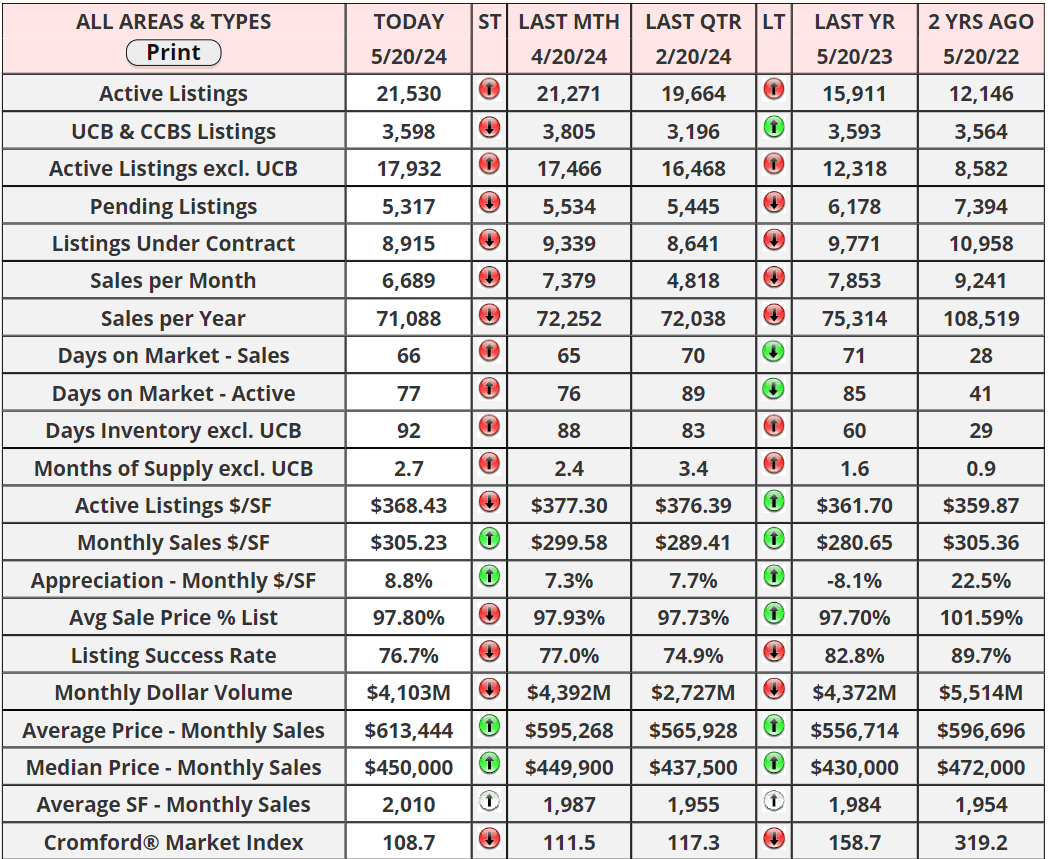
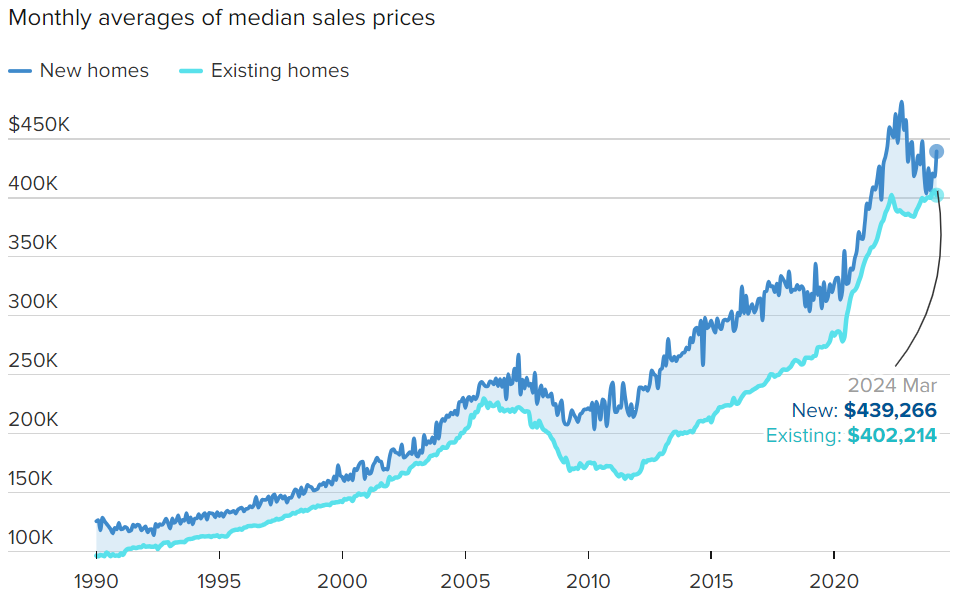
If you’re in the market for a home in Phoenix, many of the properties you see will likely be new builds. In the first quarter of this year, about 33.4% of single-family homes available for sale were newly built, nearly double the pre-pandemic levels. This trend is not necessarily due to an increase in new construction; rather, the resale inventory has significantly decreased. In a housing market with low supply, buyers are turning to new construction because it offers more opportunities. Unlike existing home sellers, builders are generally more flexible with pricing and can offer buyers incentives such as rate buy-downs and covering closing costs.
Builders are employing various incentives to promote sales, with around two-thirds using some form of incentive, including amenity upgrades and mortgage rate buy-downs. Only about a quarter of builders are using price reductions, averaging around 5% to 6%. The median sales price for new houses sold in the U.S. during March was $430,700. While new builds are still slightly more expensive than existing homes, the price gap has narrowed significantly. Before the pandemic, the median price of a new home was over 40% higher than that of an existing house. Now, the median price for a new home is only about 4% higher than for an existing house.
The low supply of existing homes in Phoenix has caused prices to increase, while prices for new builds are influenced by factors such as interest rates, housing demand, competition for existing homes, and construction costs. If you decide to look into new construction, it's important to note that only about 10% of new homes available for sale are completed and move-in ready. Most new homes are in various stages of construction, from empty lots ready to be built on to homes nearing completion. Therefore, today’s buyer needs to be strategic, patient, and flexible, considering different types of housing and locations and making design decisions.
When considering new construction in Phoenix, there are a few key points to keep in mind. First, consider opting for a smaller house to reduce construction costs and future utility and maintenance expenses. The size of new single-family homes has been decreasing, with the median square footage reaching the lowest levels since 2010. Second, be open to different geographic locations, as new construction can be more affordable in rural areas with lower regulatory costs and greater land availability. Third, keep construction costs down by focusing on essential structural elements and opting for basic or lower-cost features during construction. Lastly, be mindful of future costs, such as property taxes, which can increase significantly after the first year of owning a new build. However, newly built homes are often more energy-efficient and resilient, potentially leading to lower long-term operating costs.
And specifically, if you are in the Central Phoenix/Scottsdale area buying and fixing up could potentially get you in at a lot better price if you are having trouble finding a home. A lot of investors including myself have been seeing thinner and thinner margins as construction costs and resale costs are all a factor, but a primary home buyer might be able to save a bunch of these costs when retaining the property, there are many renovation loans available to consumers so might be something worth considering!
"Your time is limited, don't waste it living someone else's life."
-Steve Jobs
Have a great week everyone!
Recent Posts
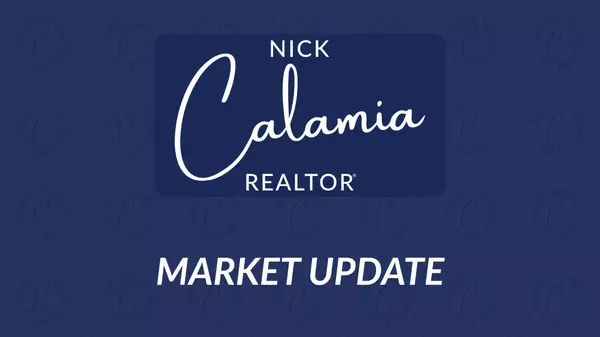
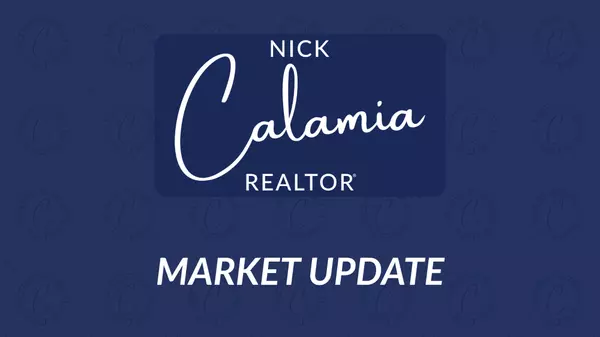
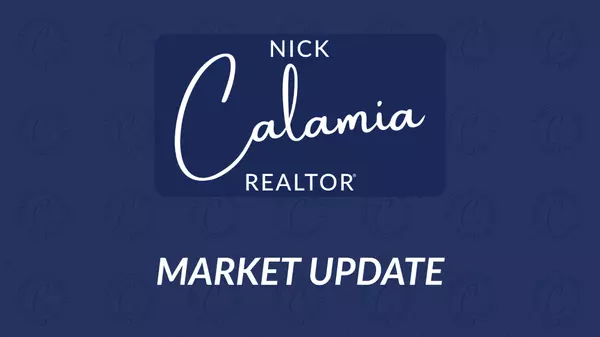
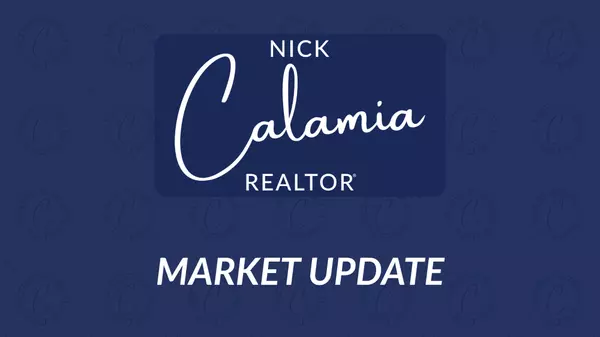
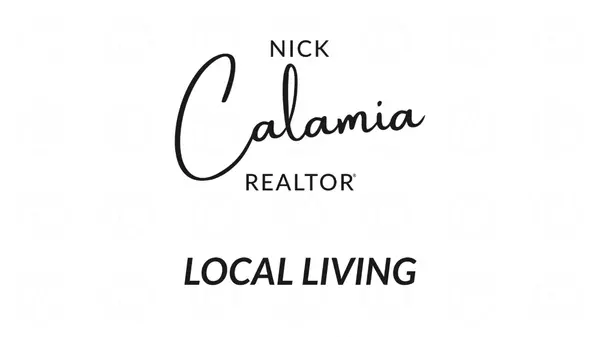
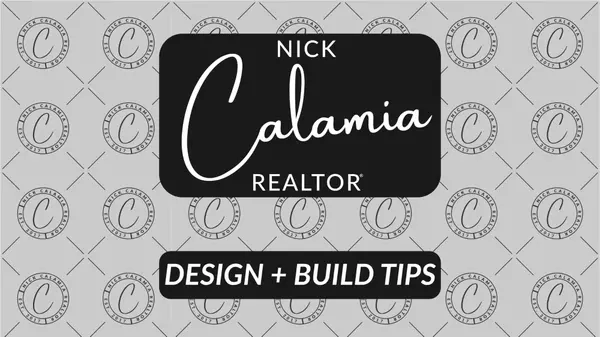
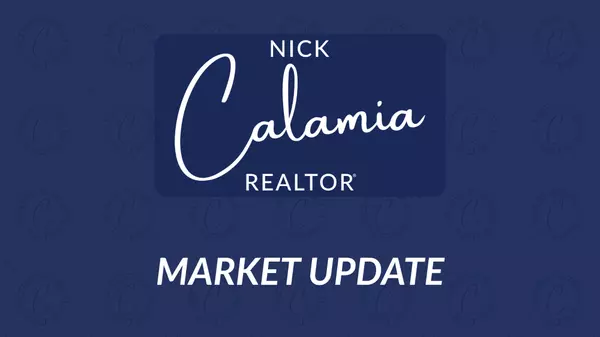
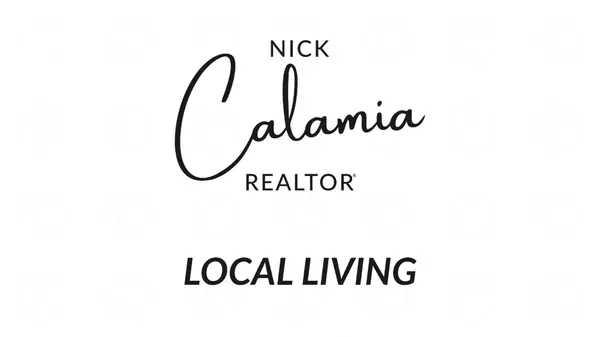
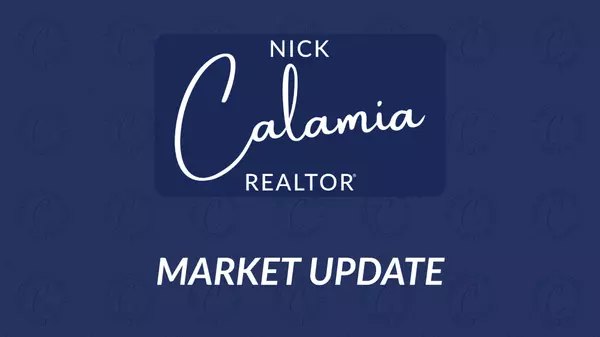
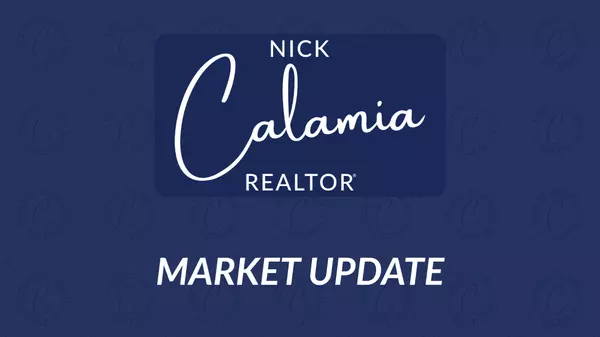

"My job is to find and attract mastery-based agents to the office, protect the culture, and make sure everyone is happy! "
